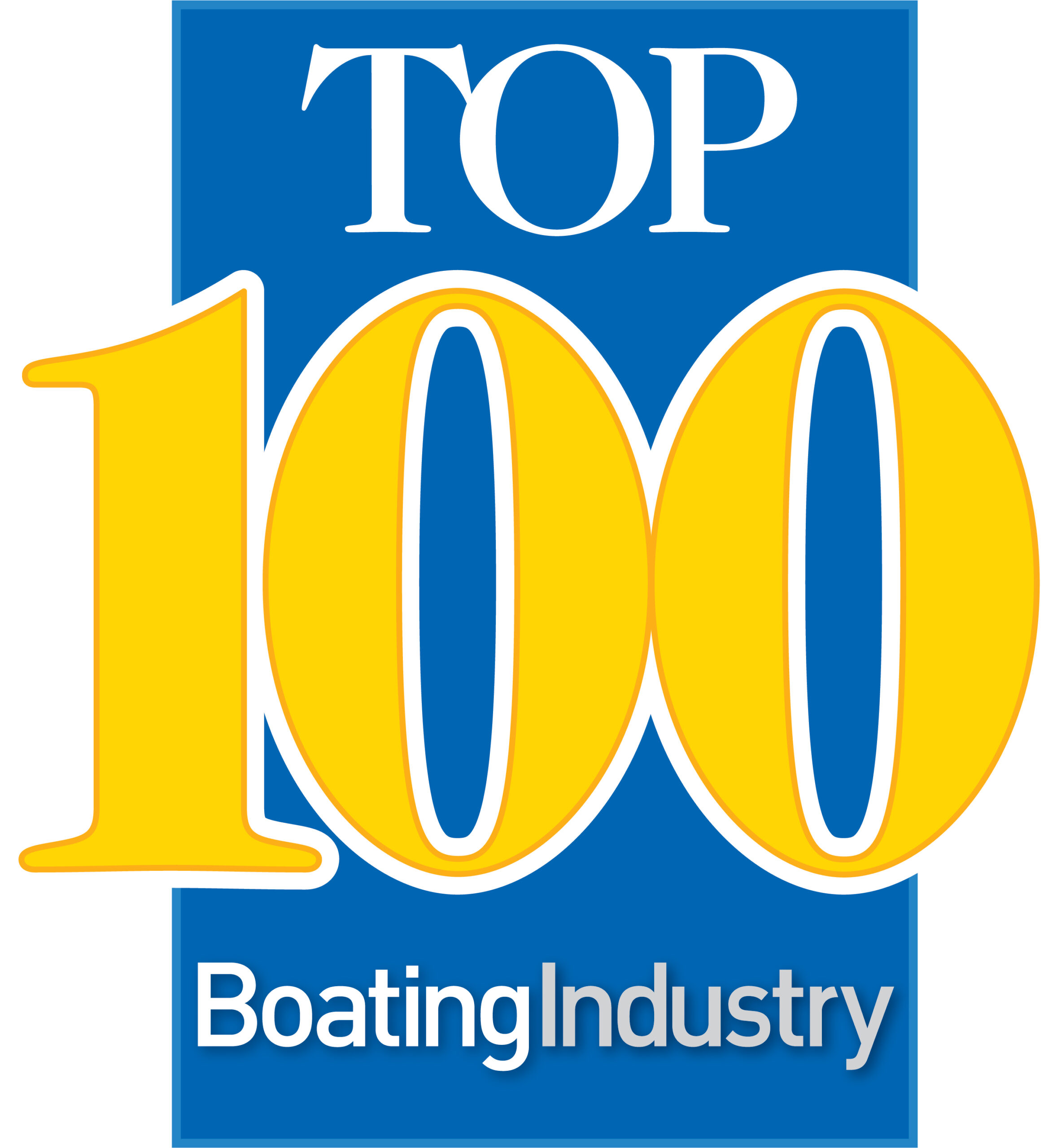At the Helm: Embracing change
A few weeks ago, my vegetable-hating five-year-old came home from school and announced that he now likes peas.
I probably shouldn’t have been surprised. After all, children are experts at change, always absorbing new ideas from the world around them and trying them on to see if they’re a good fit.
Though we’re reluctant to admit it, it’s adults who struggle the most with change. Get a bunch of us together in a group, and change becomes even more unlikely, at least by choice.
That’s the rub. Those who resist change typically find their efforts to be futile. Either they become victims of it or they learn to accept it. Those who go a step further and seek out the opportunity within it are the real victors. Take, for instance, the four companies profiled this month. All have undergone substantial change in their operations over the past few years in an effort to take advantage of the opportunities amidst the challenges.
Two of the four – Singleton Marine Group and Woodard Marine – reached among their highest levels of profitability in 2009 despite the fact that it was one of the worst years in the history of the recreational boating business. And the other two – Nautic Global Group Inc. and Springfield Marine Co. – are poised to outperform the market this year and for the foreseeable future, whether it rebounds or not.
So, the question is: How do you create a culture of adaptability in your company? I’ve been reading about this topic a lot lately. In “The Mom & Pop Store,” author Robert Spector writes: “Mom & pop stores have endured every new retail concept that’s been thrown at them: department stores, chain stores, discount stores, mail-order catalogs, and the Internet. They are masters at adapting to their changing environment.” But he also admits that only about a third of family-owned businesses survive to the second generation, 16 percent reach the third generation and only 3 percent make it to the fourth generation or further.
What we all want to learn is the magic formula used by those companies that have managed to survive, and even thrive, during the market’s ups and downs. Chip and Dan Heath, authors of “Switch: How to change things when change is hard,” report that the key to changing human behavior is to provide crystal clear direction, engage people’s emotions and shape the situation. That advice sounds pretty vague, but the authors do a great job of illustrating how to use the three-part framework to create change.
My favorite advice comes when the authors explain that what looks like resistance to change is often a lack of clarity. When faced with a problem – take, for instance, a recession – finding a solution can feel overwhelming, especially when multiple factors are involved, some of which are out of our control. But if you can isolate a few bright spots – strategies that are working despite the challenges you face – they can help provide the clear direction we all seek so we can take action rather than get bogged down in analysis.
Isolating those bright spots is, in fact, a big part of our strategy at Boating Industry magazine and the reason why we chose to write about the four companies profiled in this issue. By learning about what is working for these businesses, we’ve gained deeper insight into what it means to be successful in today’s marketplace – and, after reading their stories, we hope you will too.




